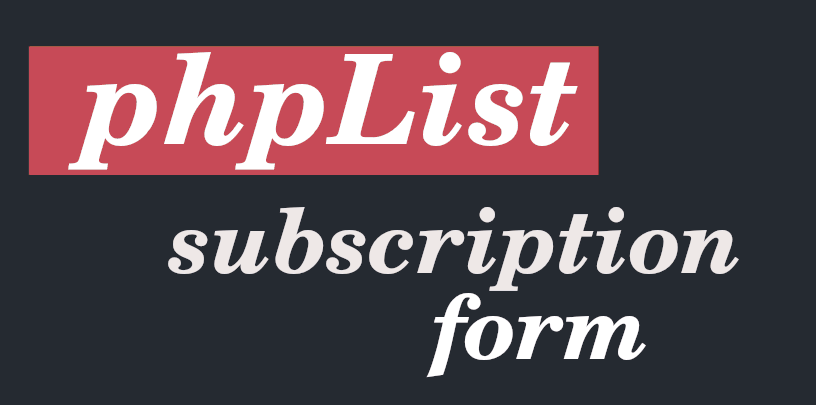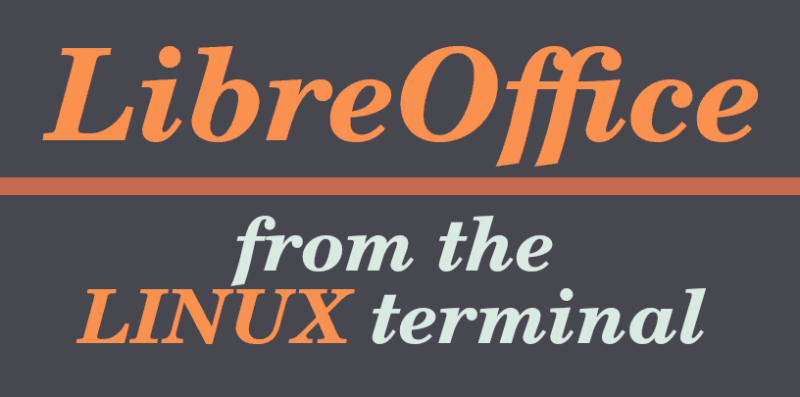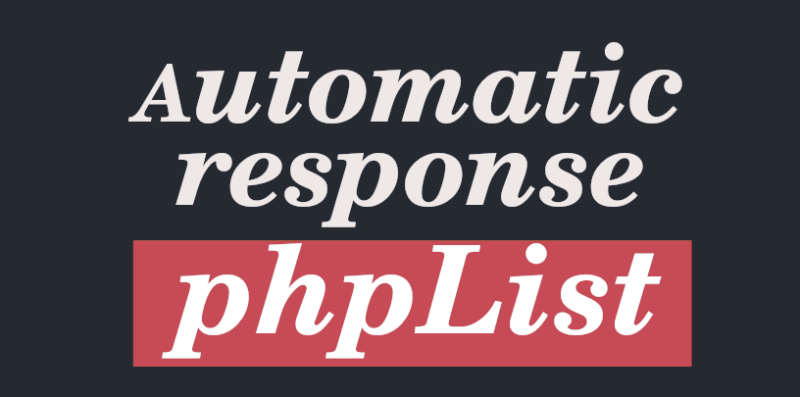In this note we are going to see how to create a subscription form in phpList.
In the world of digital marketing there are many services to manage email subscription lists: MailChimp, Nutmailer, phpList and others, but… Why choose specifically phpList to create a newsletter?
PhpList is a comprehensive tool for managing mailing lists. It can be used to create everything from elaborate advertising campaigns to manage simple mailings. It allows you to communicate newsletters, news and all that to a large number of people.
PhpList is open source software and is also a free application.
More information about phpList
If we surf the net a little bit, we will find two main sites that bring information about this program.
We find the phpList.org web page, which refers to the site with general information about the project. But we will also find another site, phpList.com, which offers a paid service.
Why two different sites? As I said before, the phpList program is free, but to use it you need to upload it to your own server and the server must have the option to send emails.
If for example you are using a shared hosting service for your web page, then you will almost certainly be able to install the application without any inconvenience.
At the same time, phpList offers a mailing service from its own platform. This service is paid, although it is understood that you are not paying for the code, you are paying for the integrated system to send and create email campaigns.
In short, phpList is a great option. The examples and analysis I am doing are based on my own experience, from a version of the program installed on the server I am using.
How to create a subscription form in phpList
So let’s create our own email campaign.
For that you need to put some kind of notice on your site, a place where people can give their email info.
So let’s see how to do that.
Keep in mind that I’m using a WordPress site. Some of the things I’m going to mention, like using a specific plugin, may not translate well to other web authoring languages.
In a nutshell: We want to build an email list. And we’re also going to create a subscription form, where visitors can leave their information directly on the website.
Step 1: install phpList
Well, I have to say that the first thing I did was to install phpList on my server. It sounds obvious, but we can’t overlook it. The first thing is to install it.
That was the easiest part, I can practically say nothing about it. Most likely your hosting service has some means of auto-installation to make these tasks faster.
Maybe that tool is Softaculus, or maybe it is some other tool. Find it in your control panel, search among the software it offers you and that’s it, go ahead.
Then phpList will ask you for an account name and password. From now on, when you use it, the program will open in its own tab in your browser.
Step 2: Install SingMeUP
Leave the phpList desktop for a few minutes. Go back to your website, to the WordPress dashboard.
What we need now is to install a plugin in WordPress. The job of this plugin is to present the contact form to collect emails within our website.
Now, there are several plugins to solve this. None of them too up to date, but apparently they deliver what they promise. There are options.
Personally I am using a plugin called Sing Me Up. Try installing it yourself.
And it does the job, it presents as a widget inside the site the form we are going to create inside phpList.
While we’re at it, you can see that same form inside the spanish version of this website.
Step 3: add the subscription list
Go back to phpList and look in the menu, you have to go to:
Users > Subscription lists
Now you are going to “Add a list”, and this list is where we are going to save the emails of the people who add themselves to the news service.
It is better to do it right now, so you can associate it to your subscription page in the next step.
Step 4: create the form base
Now it’s time to adjust the details. Go to:
Config (settings) > subscription pages.
And select Add a new Subscription Page.
You are at an important moment. In this part you are going to format everything a person receives when subscribing. That is:
– The form itself. It is the form that will be applied in your site.
As I only want readers to leave their email address to subscribe, my form only asks for an email address and that’s it.
Remember to uncheck the option that says “re-confirm email”, so that the invitation to your list goes out as soon as they enter an address.
It is true that asking to re-enter the data can be a way to fight spam, but in my experience doing so generates problems with the plugin inside the web.
Yes, we could make experiments to fix that problem… but I think it is enough to ask for a single piece of information.
In any case, it is possible to ask for other extra data, like a name, etc. But I don’t want to complicate the process.
– At this point you are going to modify all the emails that will be sent when a person chooses to subscribe.
That is, in this same screen you will be shown the models of the emails that will be sent: one welcoming you, another email to re-confirm the subscription and a third one that will be sent in case the subscription is cancelled.
These three emails are written in English, change them to cover what you are looking for.
At this point you also define which list these emails will go to. If this is your first list, use the list you created in the previous step.
Step 5: Copy the form link
This is important
Click on the option that says “view”. A new tab will open, and it will show you the page where people will add their subscription email.
Copy the link, you will use it inside the Sing Me Up plugin (step 8).
Step 6: Review email templates
Campaigns>manage campaign templates.
Click on add templates from defualt selection.
You can check two options, “default campaigns” or “system”.
Check the “system” option, because system is for the format that the “official” emails will have (confirm subscription, unsubscribe, acknowledgements and all that).
In this menu you will see the email template that will be sent. It can have your logo, for example. Or it can be pure text
In theory it can have a subscribe button, but I’m not sure how to fix that yet.
You have the option to send test emails to yourself, to see how they look.
Step 7: add sender info
Edit config>configuration>transactional configuration
In this menu you will add the names for the system messages. Let’s say, it is the name of the sender, the one you are going to see in the official messages.
Step 8: add a new widget to your site
I go back to my blog and go to the widgets section. I add “Sing Me Up” and modify the parameters, to make it look good on the site.
IMPORTANT. Where it says “URL of phpList ‘Subscribe Page’:” there goes the link you copied before.
This link will generate a link between the form that appears in your blog and the phpList form.
The plug in will act as a “front page” for the page you created before, the place where the public will leave the mail information.
Step 9: Finish
Save your work.
Done, you can now start collecting emails with phpList from your WordPress blog.
Conclusion
With that we will have phpList working within our website. We were able to create the form, and make it visible through a widget.
It is a simple form, but functional. The basics to start up marketing campaigns without any hassle.
Next time I will tell you about my experience automating the sending of emails. In particular how to get to send an extra one-time email, each time a new person gives their subscription data.
What do you think of phpList so far? Can you think of any ideas to improve this feature?
Any ideas you have, we’ll follow them in the comments.






